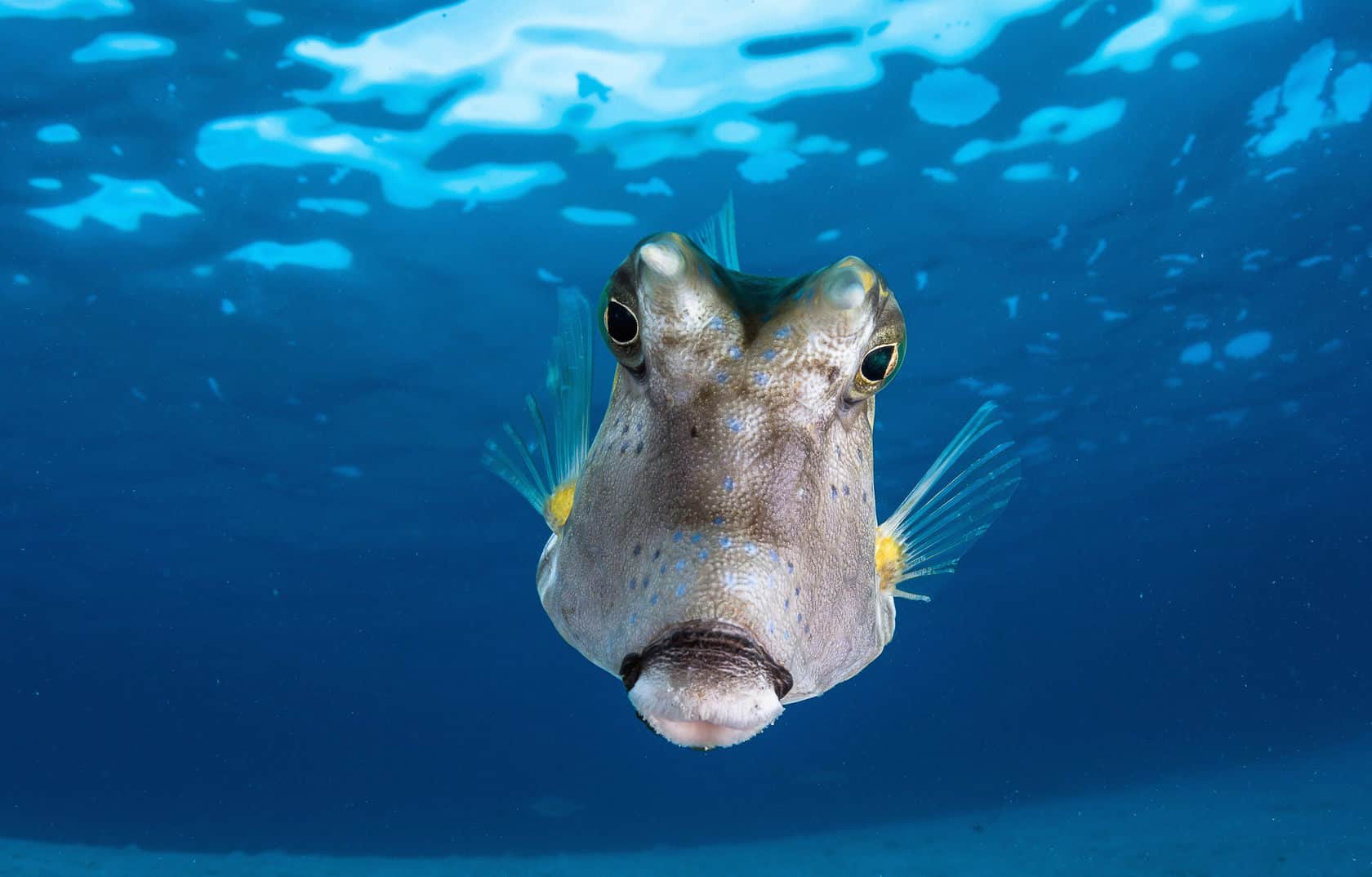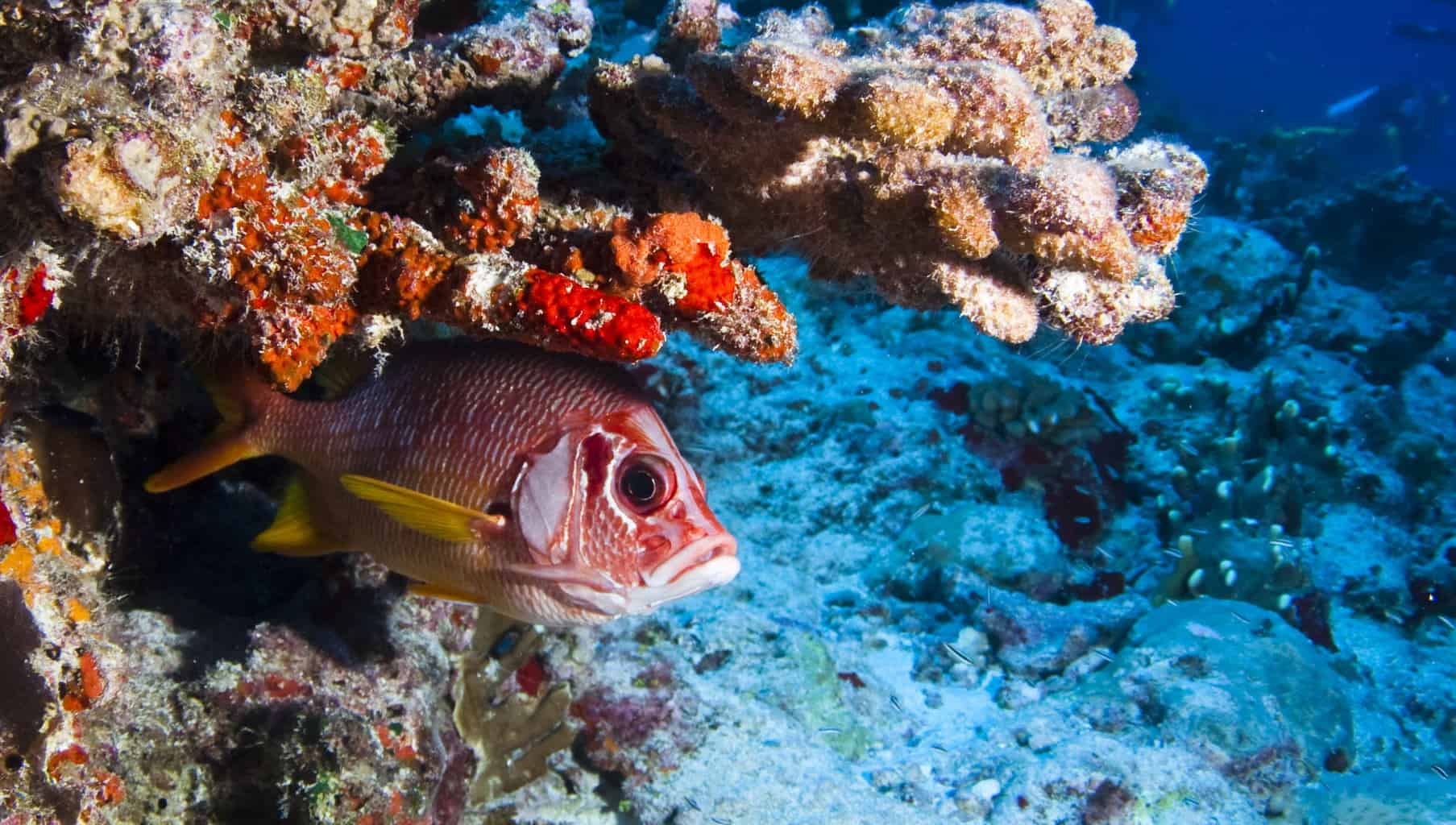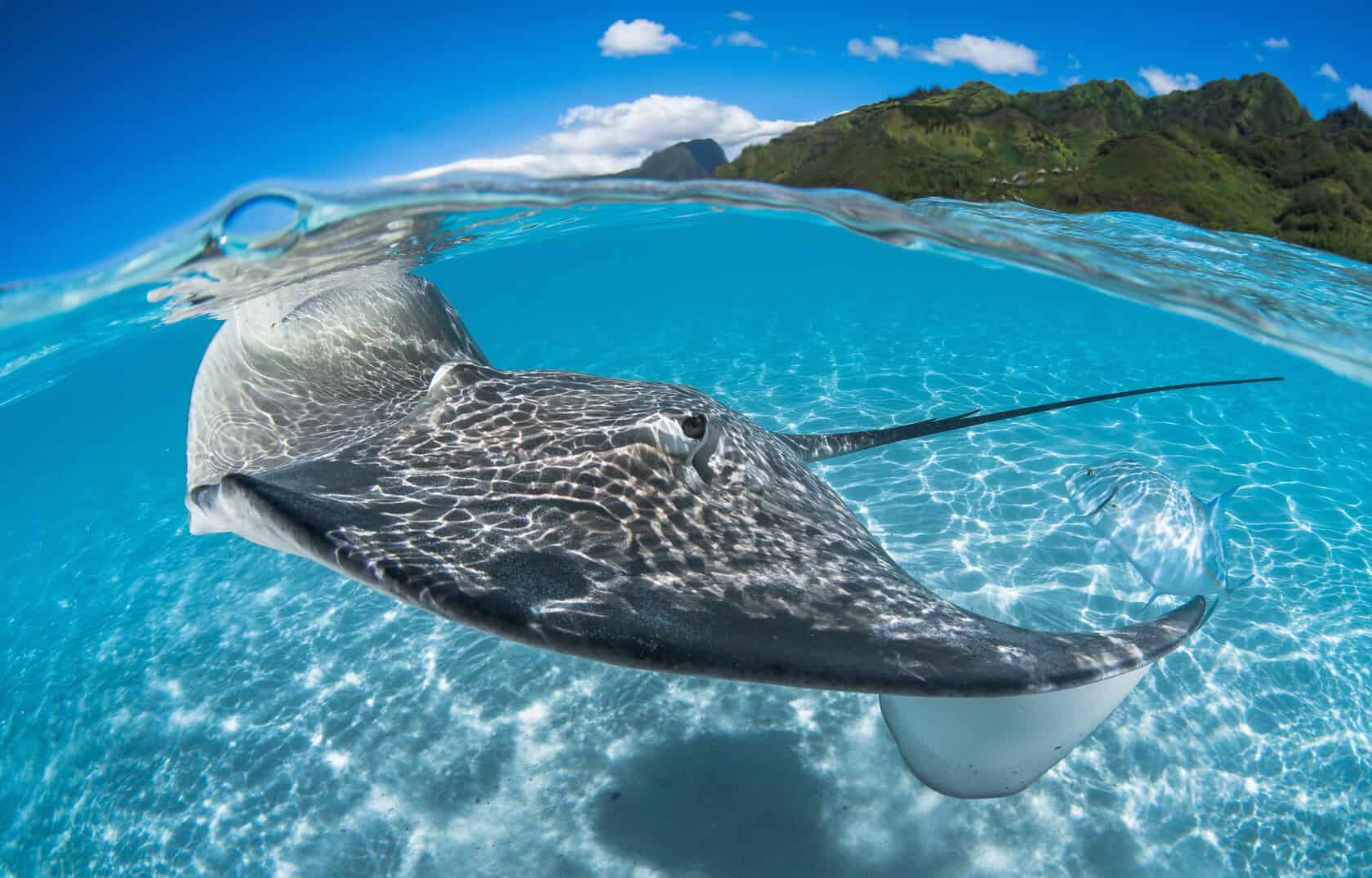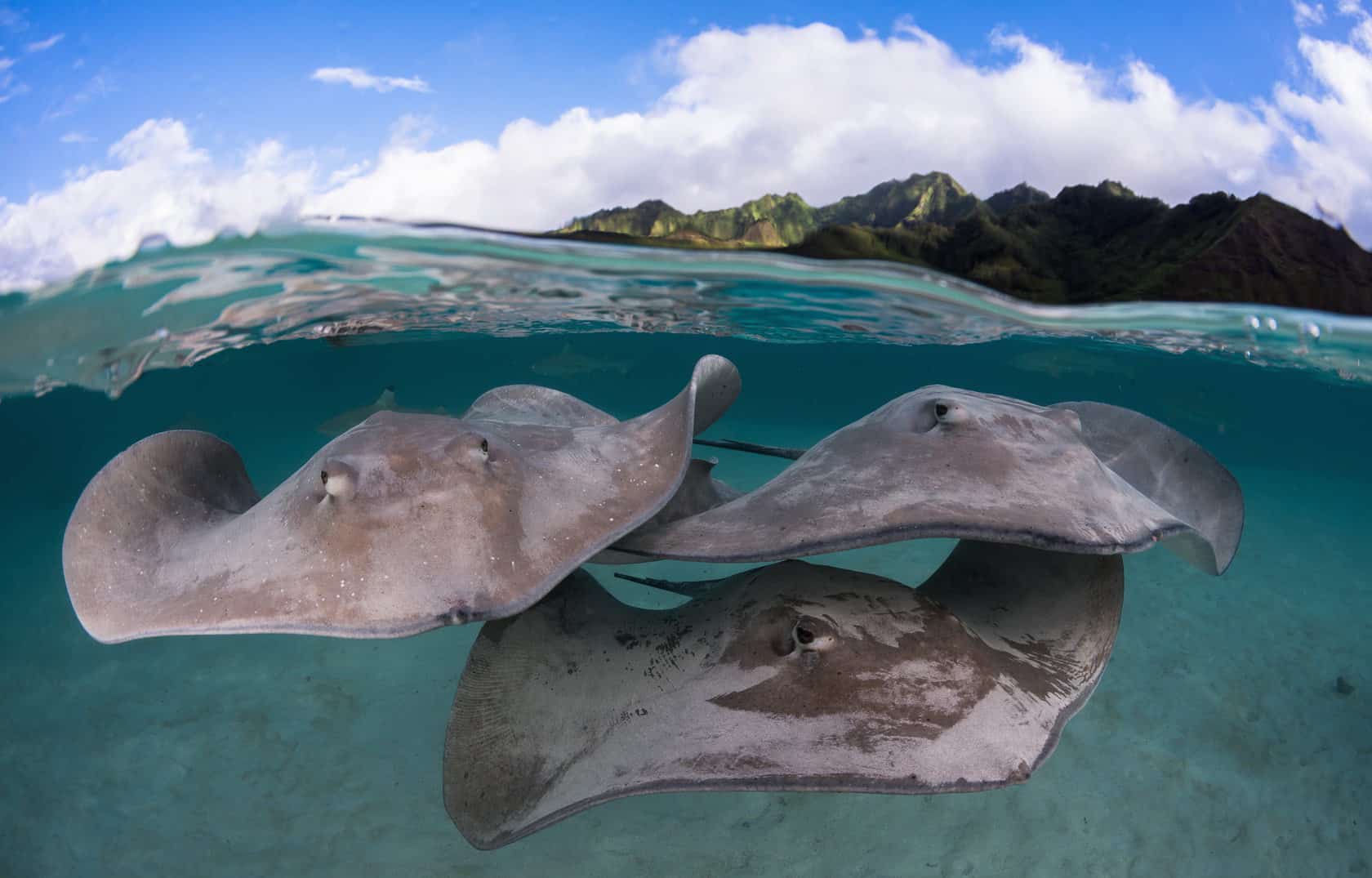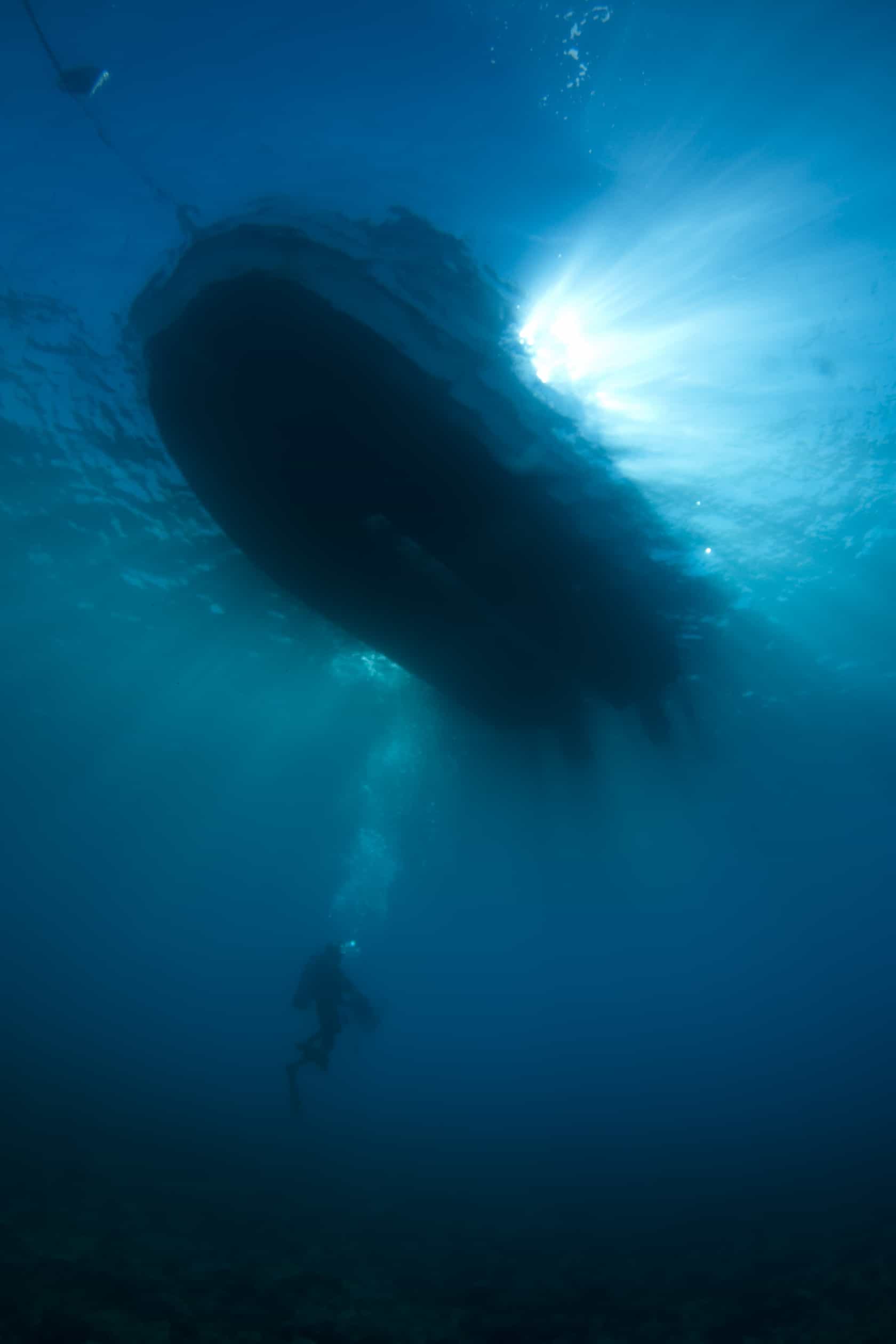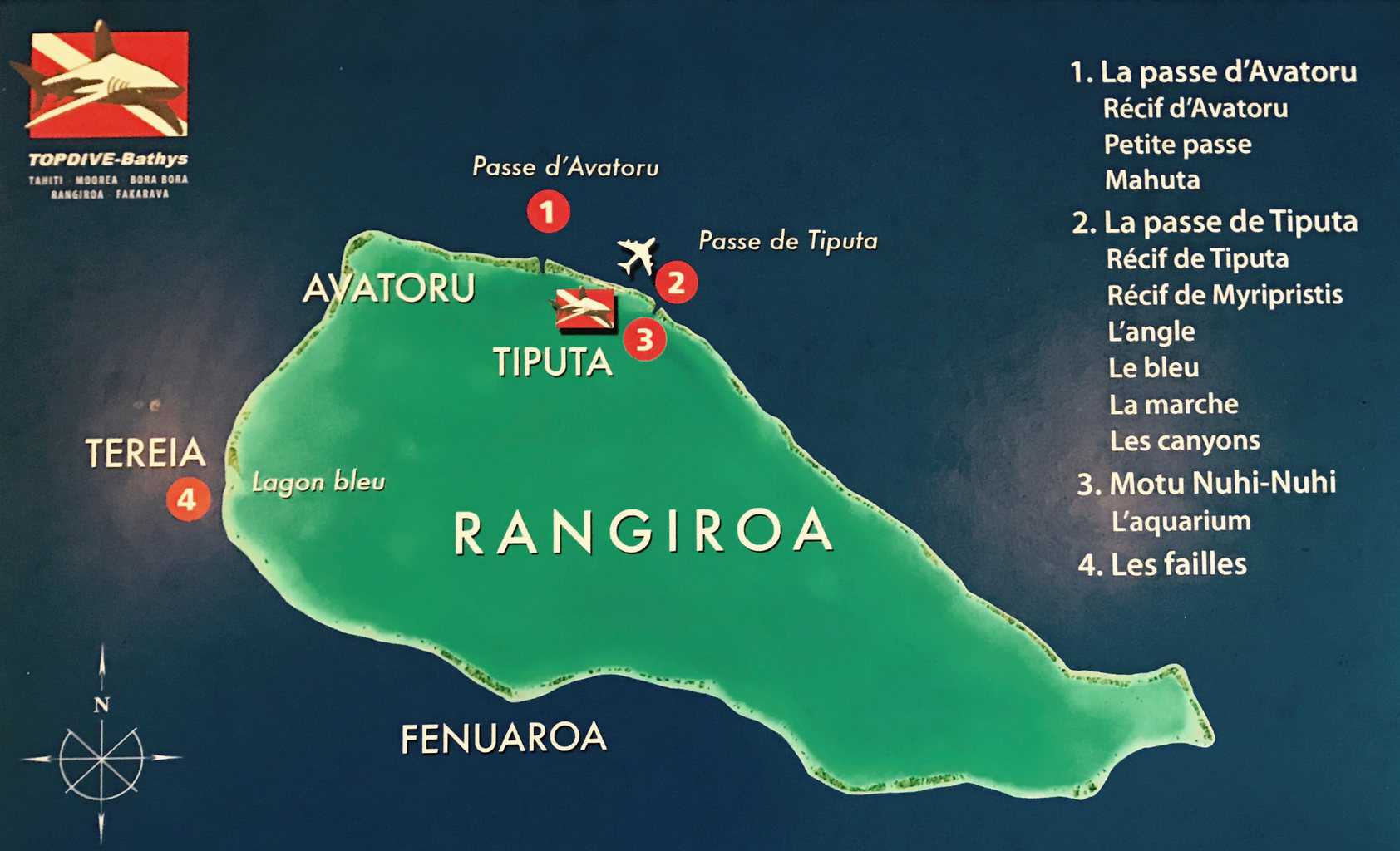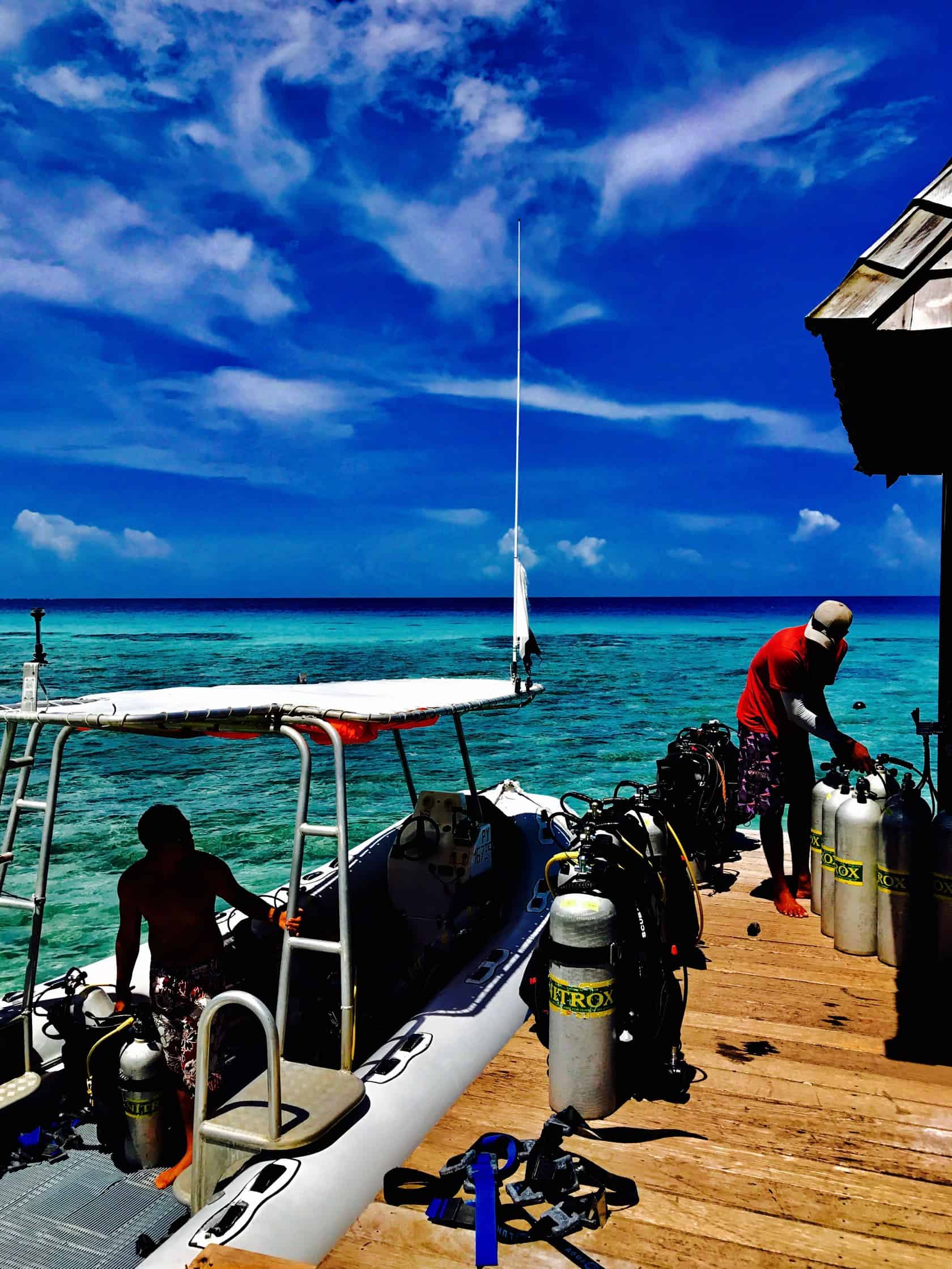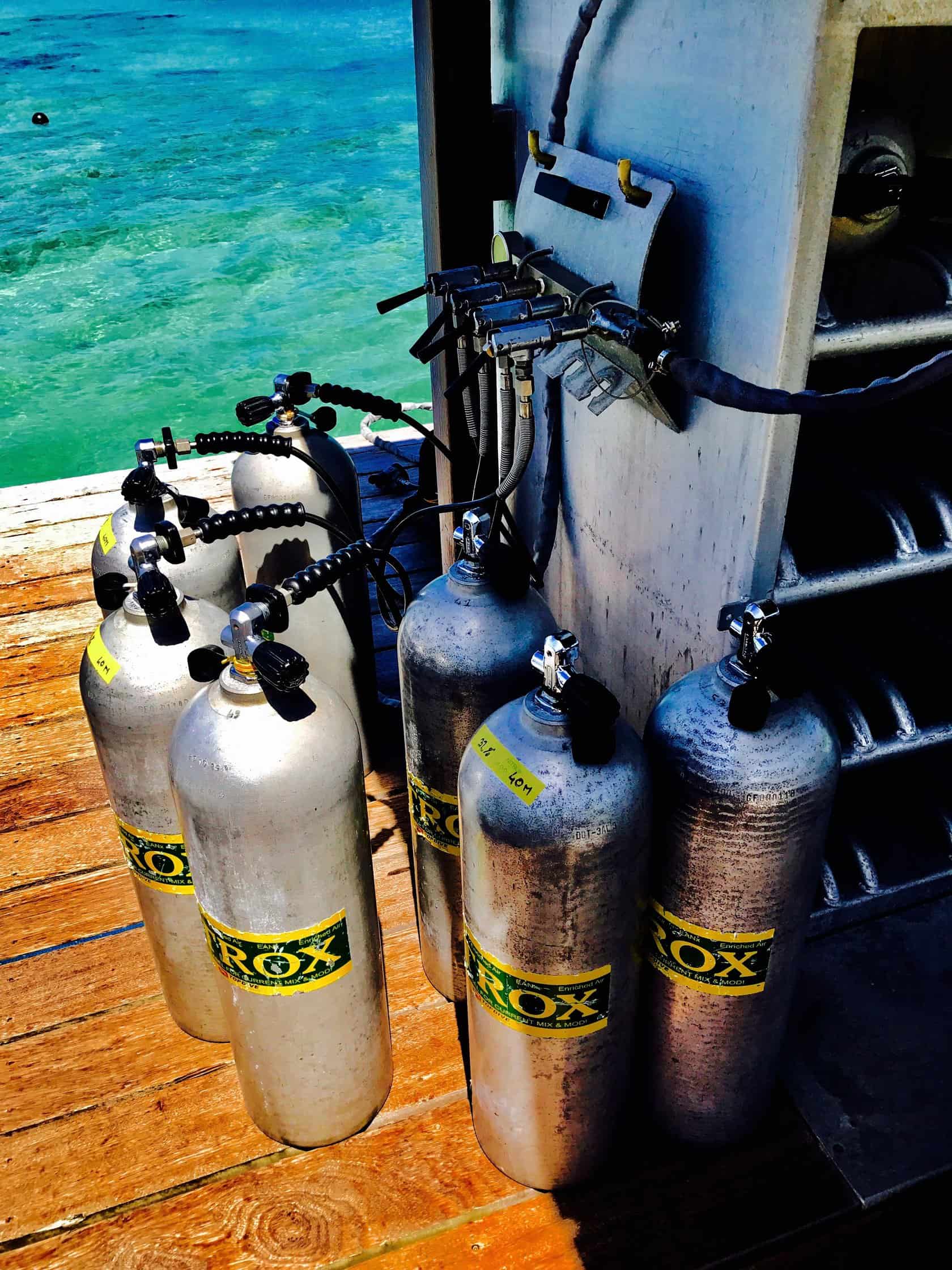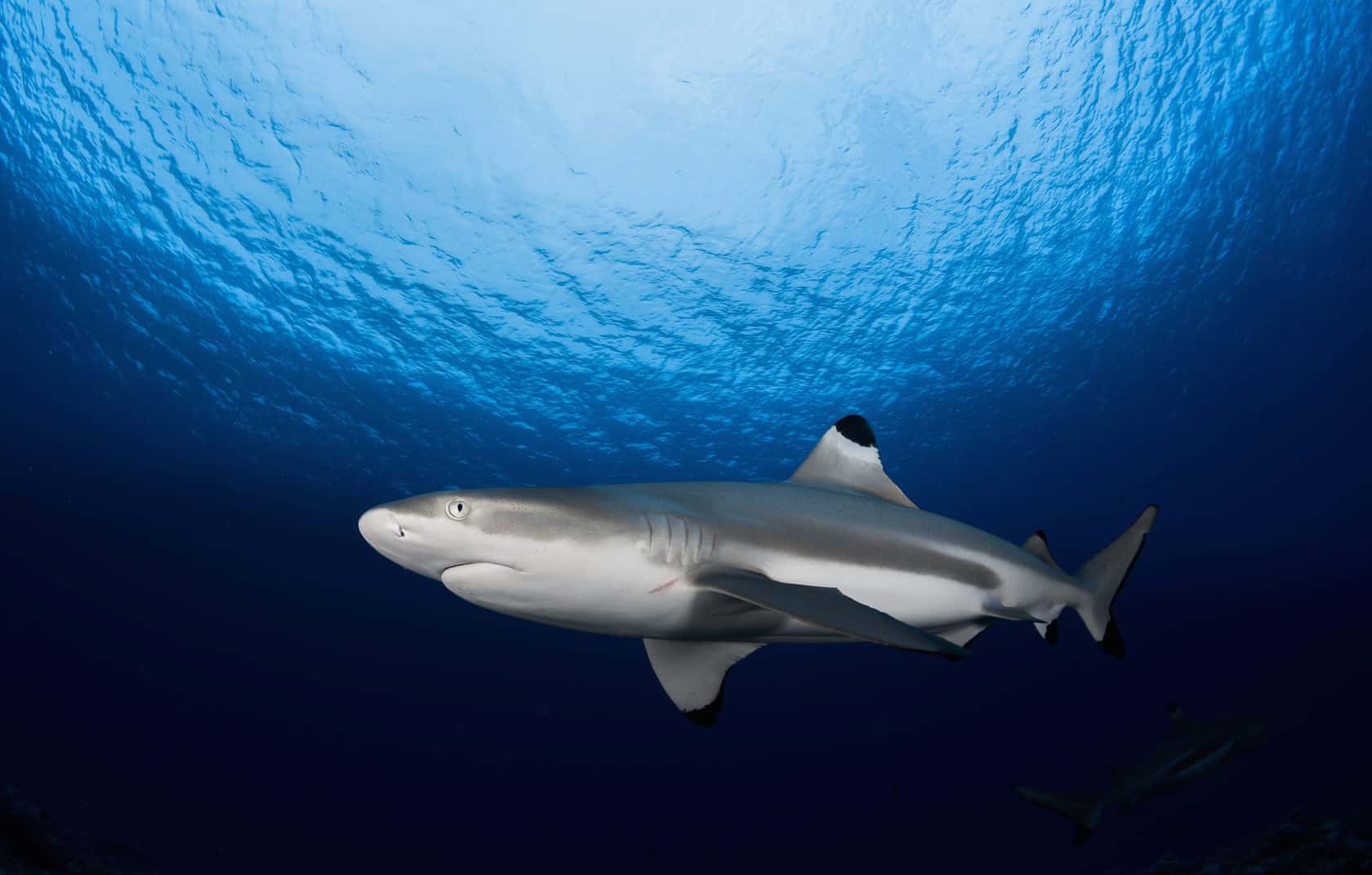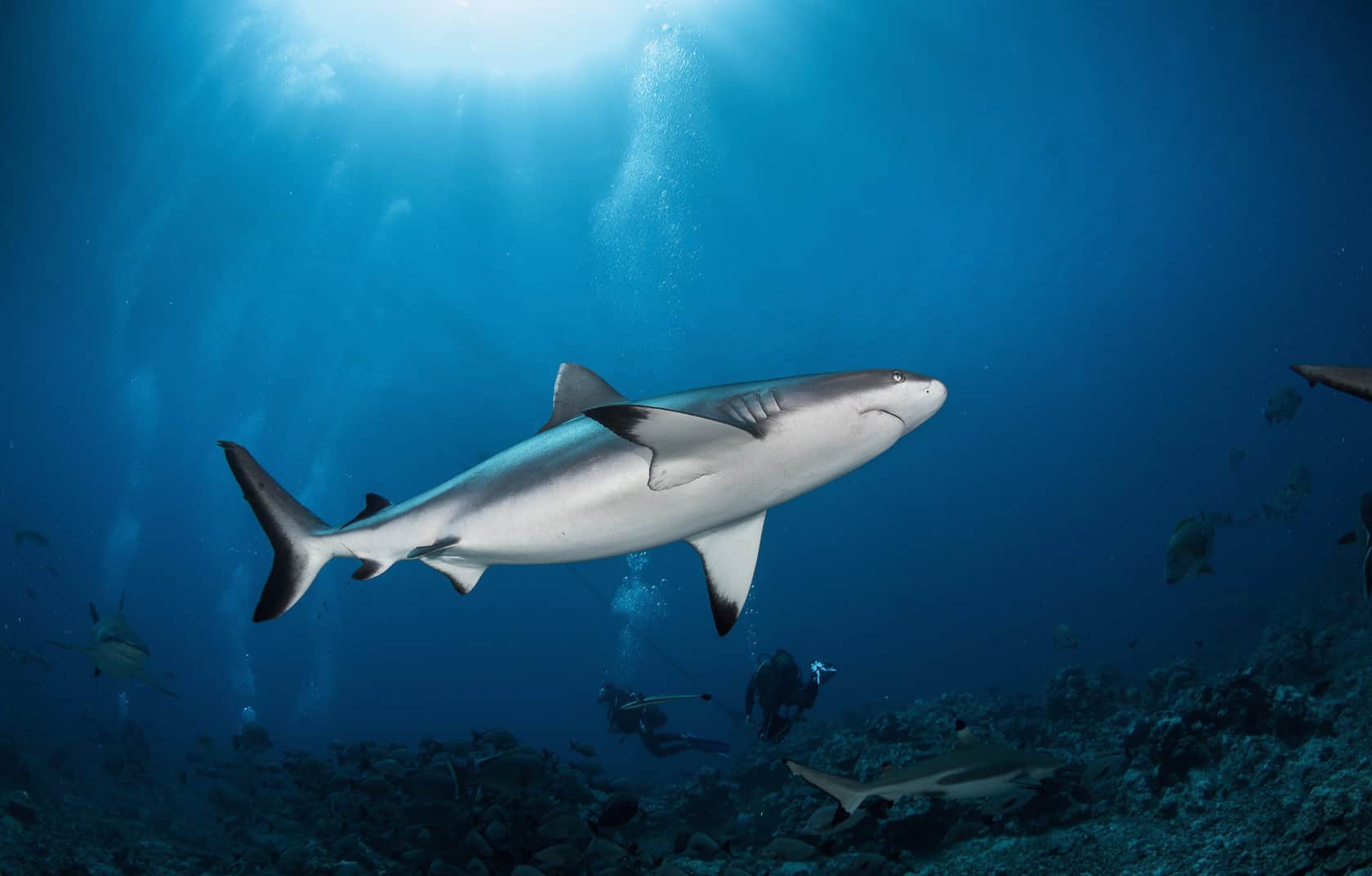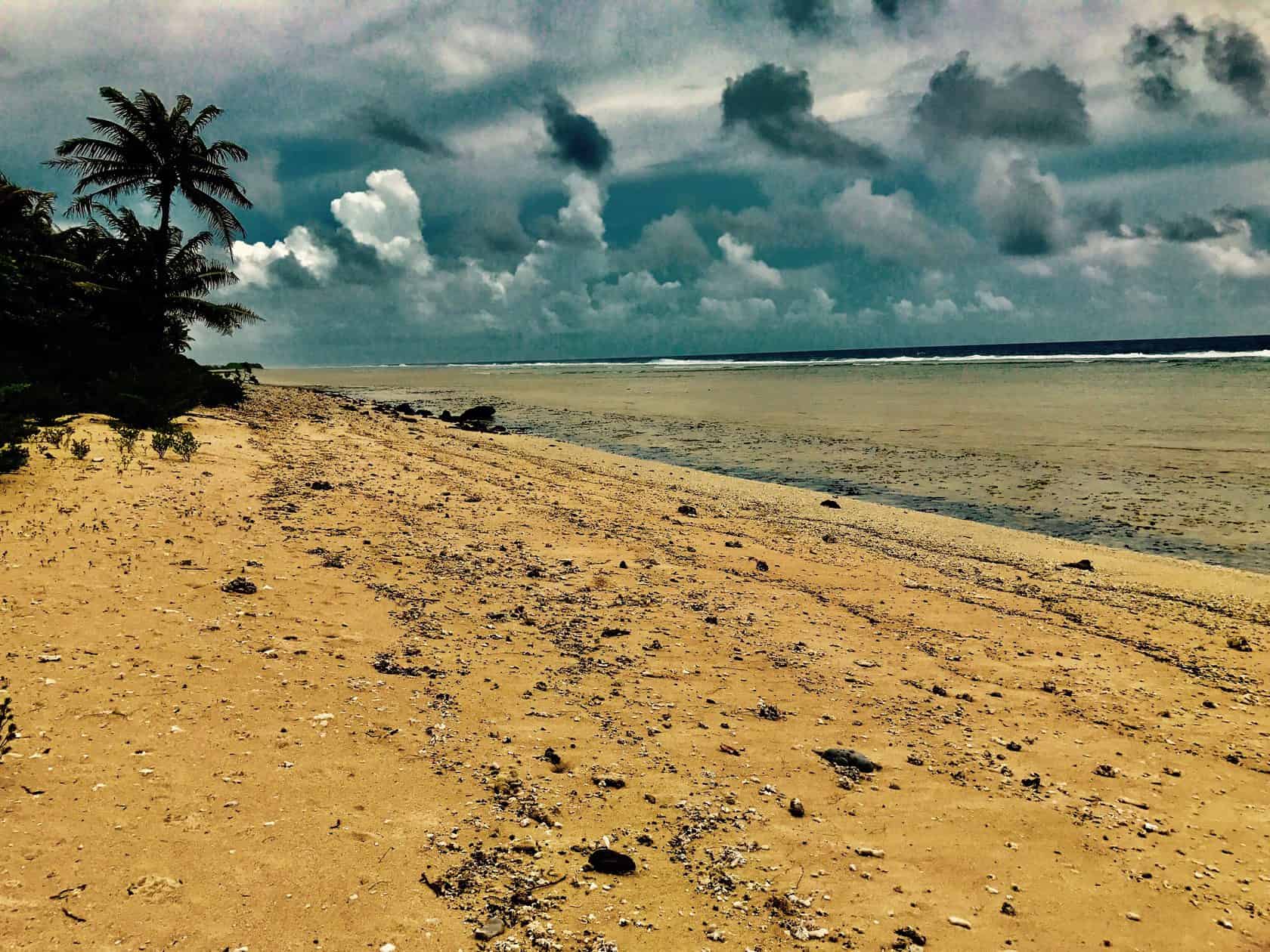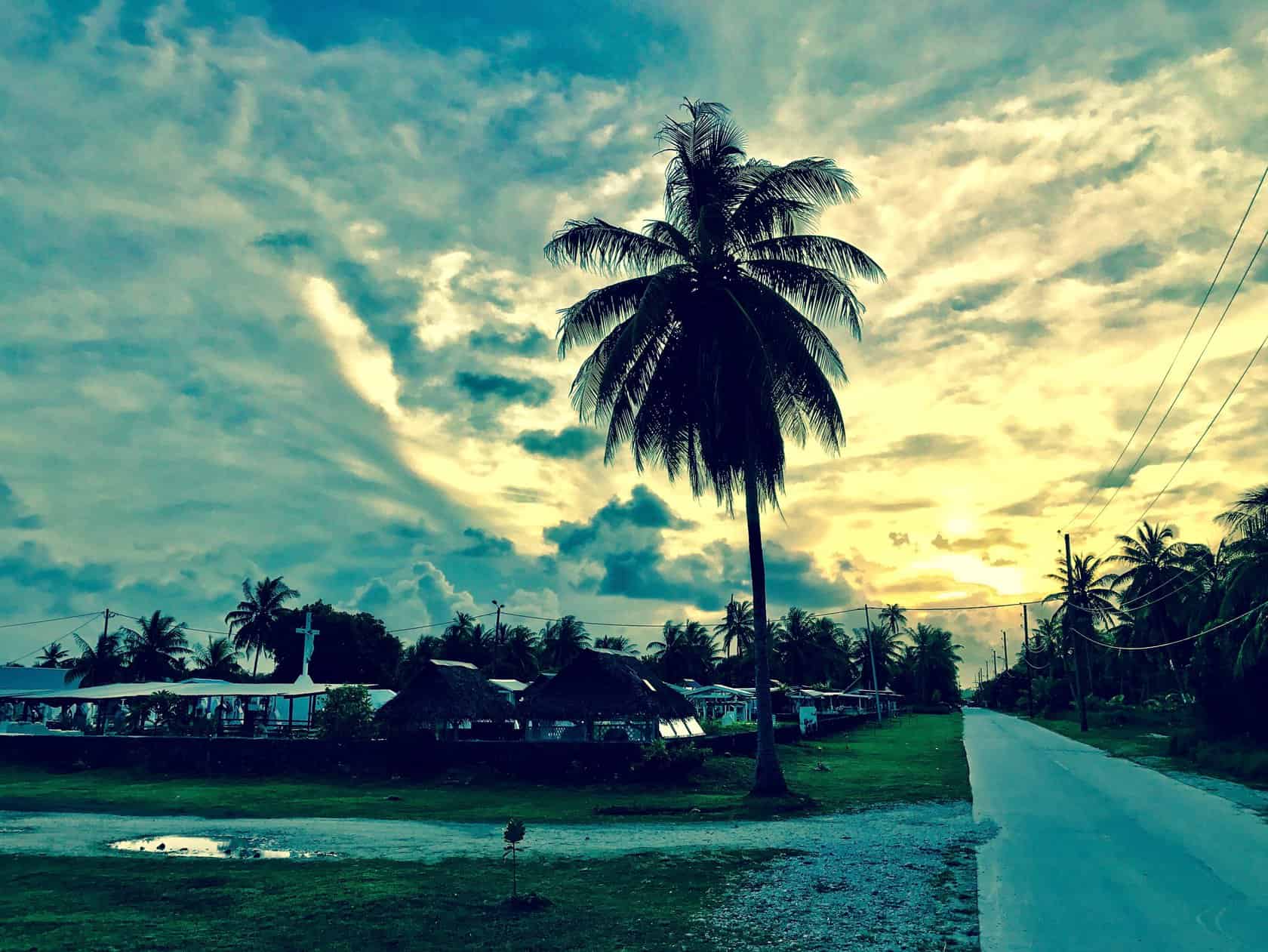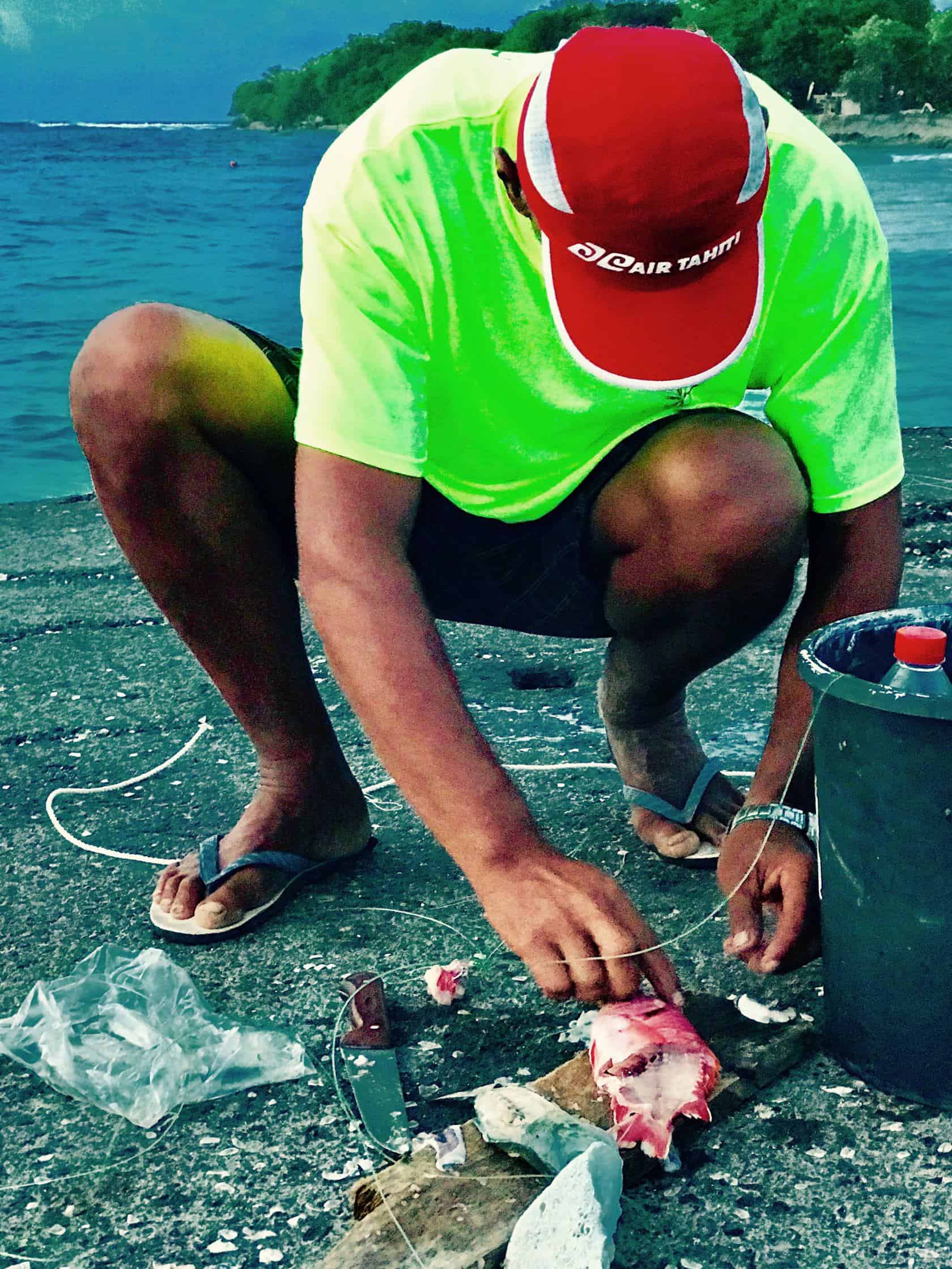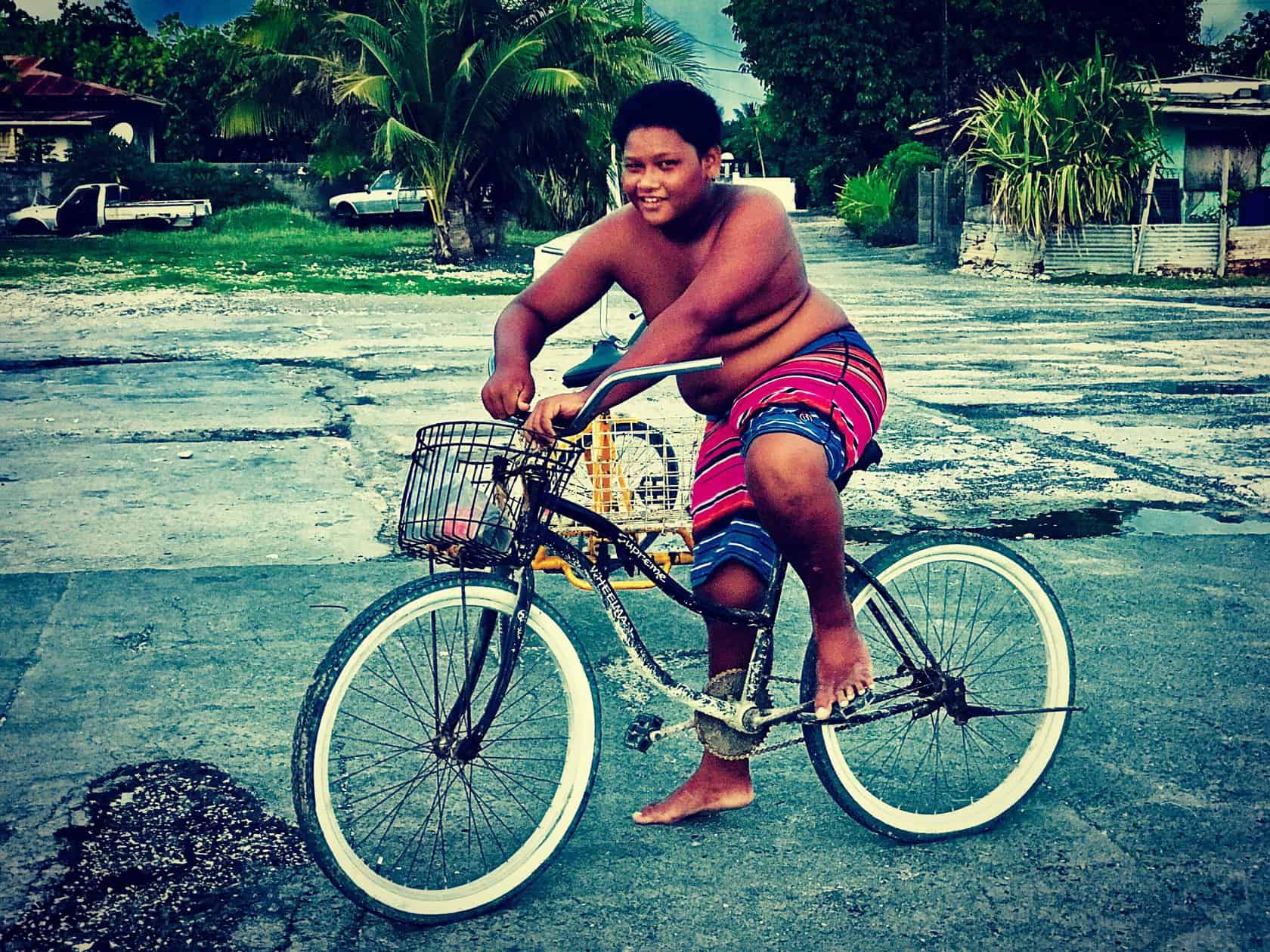"I looked death right in the face," Travis Barker, Blink 182.
Back to my lost paradise. Swimming with sharks part: 2, the adventures continue.
I’ll never forget Tahiti. I remember it vividly as if I am there right now swimming in the clear blue waters… I’ve been back in Europe for a while working on new adventures. Over the past year, I’ve been to Paris, Los Angeles,Venezia, Italy, New York, and now I’m in Kuala Lumpur going onto Singapore for a month. May be Vietnam. It took me a while to get back into writing about my sharks in Tahiti because, well, I missed them. I missed the intensity of the experience. I missed the fear, I missed the action. In his book named War, American journalist Sebastien Junger writes that the act of war is “insanely exciting”. Well, for the act of diving with sharks it is also useless to pretend that it is not exciting. Avoiding to write about it, re-living it over and over in my mind helped me forget how galvanizing it was and how sad it made me feel not to be there anymore. Tahiti is addictive. Tahiti will leave you with some sort of a PTSD, except that it’s from too much beauty and wilderness. For the purpose of this piece, I am forcing myself to remember. In my mind and with my fingers, I am going back to Tahiti. Back to my lost paradise. And it makes me sad.
Text and photos by Gaël Couturier. Underwater photography by Top Dive / Cyril Dumont, Greg Le Coeur, Sylvain Girardot, Philippe Joachim, Vincent Truchet. Tahiti Et Ses Iles

I’m an air pig, again.
About 355 km northeast of Tahiti, French Polynesia, stands the large atoll of Rangiroa. It is a perfect place to get back in shape for scuba diving. The waters are warm, crystal clear and fishy, veeeery fishy. Tahiti, the South Pacific archipelago has hundreds of superior world class spots for scuba. It is the Graal for big fish sighting, underwater photography, clean waters and glamorous sharks rendez-vous. As Jean-Marc Hastings, head of Air Tahiti Nui admits it with reason : “Yes, Tahiti is extremely far, and extremely expensive, but it’s also very pristine as an environment. You’ll see stuff here that you don’t see anywhere else in the world, not to mention that you’ll often be by yourself, and that, undoubtedly, comes with a higher price to pay, as I’m sure you can understand”. He’s right. I have crossed many worlds to dive, many times. From Australia to Indonesia, to Thailand, to Tahiti, at least twice. And I have never seen as many sharks as I have in Tahiti; for this is unquestionably the place to take a closer look at “sharks” right in the face, and forget about all the rest.


My first dive here takes place in the morning of Monday, 27 March 2017, at the Tiputa pass, North-West of the island. Before I go overboard, I think about my girlfriend, my closest friends and my mother. They are at work on the other side of earth, or sleeping. They’re breathing air, oxygen and nitrogen. I am breathing Nitrox today, a blended gas consisting of pure nitrogen and more oxygen, designed for longer no-decompression limits and reducing relative risk of decompression sickness. Nitrox is available in Tahiti mostly all over, it’s the best for when you want to dive often. It also restricts maximum diving depth due to oxygen toxicity but there’s no need to dive deep in those islands to see the sharks I came for. We would be underwater for about 50 minutes to an hour, depending on our stress level, i.e. how fast we consume this enriched air. Our max depth will be in the 65-82 feet range (20-25 m), with the current pushing us straight into the atoll. It will not be ripping us out at sea. It’s too early for that. It’s 8:30am, and I already see the surfers gathered at the line-up about 160 feet away from me (50 m). All Tahitian kids, they play around a big rock, and sharp reef. Today the waves are small, and they are now sharing them with a couple of leopard whipray, a little-known species of stingray.
International Klein Blue (IKB)
Once we start our descent, sharks are literally everywhere. They come in all sizes but mostly grey and blue colors, with superior hydrodynamic submarine missile-like shapes. They are beautiful but they are also perfectly silent, engineered for stealth combat, and clean kills. Or, are they? We are completely surrounded. They’re like an army down there. It’s also full of other exotic cute littles fishes. But the shark population is the largest, by far. Unlike us, they are not fighting with the current. They are not playing with it either. They are totally undisturbed by it. Most are staying parallel to the reef, resting, taking it easy, waiting for the sight of a fish slowing down, getting weaker. Sharks are moving freely in all directions, effortless. Watching a shark swim next to you under water is a pretty amazing experience. If only I could swim like that when I race my Ironman triathlons. God, they look graceful. We acknowledge each other. They look at me. I’m sure they are looking at me. I look at them. If I had a spearfishing gun, some are definitely in range to be engaged. But so am I. We have submerged ourselves into a world where we, the humans, are extremely vulnerable, weak, almost impotent. Anyone would realizes this once you leave the surface. During this first dive, not much happens. We’re all nice to each others. Nobody gets excited. Nobody gets hurt. We’re back on the boat pretty quickly. Many of us, including me, have been consuming our air quickly. Air pigs. That’s just what we are. After an hour of rest, we head out again. Same spot, different dive.
There are five different dive location on Rangiroa and one is at Tiputa. This morning dive, was “récif de Tiputa.“ Now it’s time to hit “le bleu”, as they call it. The name may be an homage to Yves Klein and his International Klein Blue (IKB). May be. But we’re sure heading to the deep blue now. Fast into the dive, the instructor brings both of his fists on each side of his mask. He’s about 65 feet (20 meters) ahead of me. He made the sign for a for a hammerhead. When I reach him, I see nothing. My monster is gone. Everything around us is blue, crystal clear blue. It’s a strange feeling to look into such abysses. You feel like you could see quite far but in reality your vision get blurred pretty quickly. Darkness. My heart is pounding hard. One second you see a shark. One second later, he’s gone, right there in front of you. You’re helpless. You’re weak. It’s easy to let go to fear underwater in Tahiti. You can’t hide much. You think you can easily see but you can’t. You don’t know where the sharks are but they know where you are. And all of a sudden, a big one swims right at you. Just like that. There’s nothing you would be able do about it. There’s no attacks here in Tahiti. Of course sometimes, underwater hunters, or fearless fishermen, get bitten. Sometimes. It happens. Mostly when they divers reach the surface with their prey by their side, still alive, panicking, sending desperate vibes, and bleeding all over. Sharks from the neighborhood usually just can’t resist the temptation. So they loose it, and switch to full attack mode. But these attacks mostly goes undocumented. A few stitches and you’re good to go. It’s all part of the divers life of risk. Surfers don’t get bitten either in Tahiti. Nobody talks about shark attacks. To some Tahitians, sharks are gods. You mess with them you mess with god. You deal with it like a man, and don’t come crying. It’s about time to end my dive now. The only teeth I’ll see from close range today are the one of a big mama ugly/cute moray eels. She has her head outside of her hole. She stares at me, cocky, fearless. I try to look back, and stand my ground but the current drives me inside the Tiputa pass and I slowly drift away from her.
The next day, early morning, we change the location of our dives. We’re heading to Avatoru pass, up North. It is early morning again. We descend a bit deeper this time, at around 100 feet below surface (30 m). We’ll stay down for exactly 53 min. All we get to see is coral reef. The location for shark-sighting is not the best and this strengthen my initial thoughts about this tiny island: it’s not where I’ll meet up with the big cats. We decide, once again, to change the location. Once on the boat, the Tahitian captain moves us back to Tiputa. It’s 11:30am now and, unlike yesterday, the current goes outside into the big blue. Unfortunately, the sharks look dull and harmless today compared to yesterday. They seem tired from their morning chases, their hunting, and their digestions. Some may even be napping. Even the rest of the fish are much more relaxed as well. Once again, our shark dive is disappointing. It was peaceful and gorgeous, sure. It is great for getting back in shape, not for seeing sharks in their hungry element. So for sure there is a natural balance between being aggressive and peaceful in this under world paradise
“Don’t underestimate the size of the shark population here in Rangiroa but it’s true that we don’t really interact with each other during the dives,” says our dive instructor, Yannick Wagner, a Frenchman, and head of the Rangiroa Top Dive center*. Wagner has been working all over the Maldives, Egypt and also Kenya, East Africa, not far from Zanzibar and the Seychelles islands. He has been living and working here on the island of Rangiroa for 3 years now, and has obviously gained a lot of knowledge about the place. I fully trust his expertise: “Unlike the iso;and of Reunion , or California, Tahitian are doing much less fishing, not much trash rejection in the sea and very little shark feeding for tourists. Consequently, the sharks are fed up with all kind of their natural preys and that is why they don’t need to get closer to our coasts to feed ». When I press him about the recent attacks in the Reunion and in Southern California, he adds: « Not all sharks are opportunists. Some are extremely shy. The bull shark, the one probably responsible for all the recent attacks and death in the Reunion island, is a different one. He is a fearless kind of a guy. On the other hand, tigers and hammerheads are quite timid. I can’t speak for great whites because I’ve never seen one and they don’t come here but, usually, the big sharks are the most fearful ones. That’s also why scuba divers with rebreather – which reuse the exhaled gas by recycling the good part and replenishing it for the next breath while not releasing annoying bubbles – generally have unmatched wildlife encounters, including sharks of course ». On top of that, the underwater visibility all over Tahiti is excellent and the sharks, whoever they are, make no confusion on what, or who, they can target or not. « And then seasons also play their parts you know. For example, hammerheads are most spotted between November and March ». And the tigers I ask? « They mostly come when there’s feeding » he ends.
Earlier today, Yannick Wagner, and another Tahitian instructor told me about a hammerhead they had witnessed during an attack on a big manta ray. They claim it came from behind, and deep down under, full speed like a lethal torpedo. The attack was not fatal, just a big bite. The manta ray got a good chunk of her side teared off. She’s still alive today, and swims around the lagoon. Poor girl! Sharks are cannibals. The smaller ones often end up in the mouth of the big ones. I had come for tigers, ideally, or hammerheads, may be lemon sharks. But the big ones had obviously not set their anchor in Rangiroa’s shallow waters these days. After 3 beautiful dives, I needed a change of water. Going back to Papeete was the right thing to do. My local friends Lotua Lenoir and Frederic Chin Foo, both excellent guides, and connoisseurs from the tourism board in the capital of French Polynesia, had set me up for a surprise.
Locals only
On my last evening in Rangiroa, I decided to go local. As a native of France myself, it didn’t seem complicated. The local fishermen were a good crowd to meet. I was not going to get mauled, cut into pieces, and given to the sharks. In fact, the guys I met were just like the sharks they had been dealing with from generations: may be not too welcoming, and a bit wild a first, but nothing too barbarian a comprehensive Frenchman couldn’t handle. I borrowed a bike from the hotel, and I rode South for 3 miles to reach a village on the other side of the island. There was a rocky jetty where fishermen gathered. Their fishing lines are small, and rudimentary, but they tell me they catch some serious fishes with it. A kid tells me : “If you dive here you’ll see that the bottom of the ocean is covered with sharks. They’re all over. We’re used to it. Sometimes when we catch a small reef shark, we tie it up, and wait for the big hammerhead to come and eat it. That’s what hammerheads do. They devour other sharks. They’re known for it. We have one hammerhead here. We know him very well. It’s always the same.”
Swimming with Sharks – part 3 and final coming soon!
*Read more FitWild Stories by Gael Couturier here, http://fitwild.wpengine.com/author/gael-couturier

